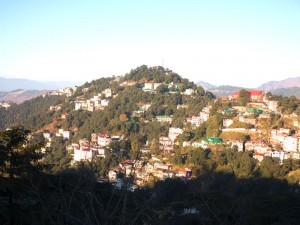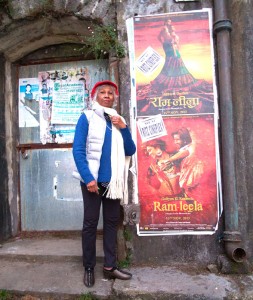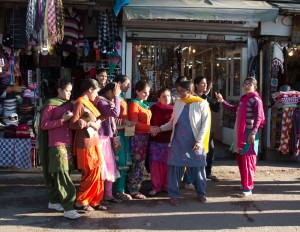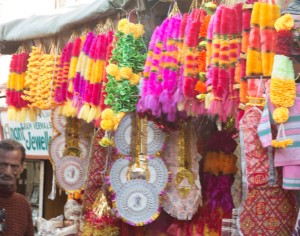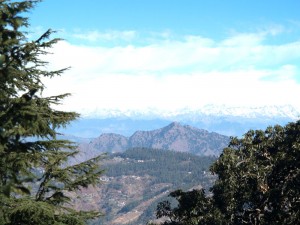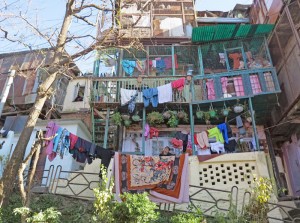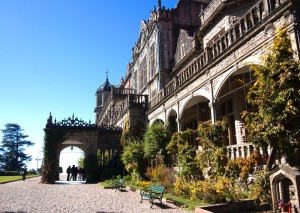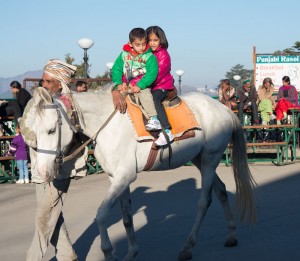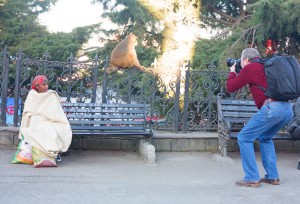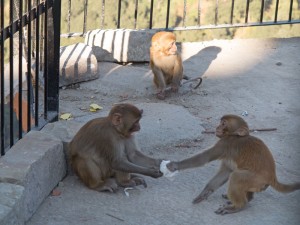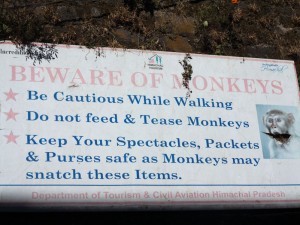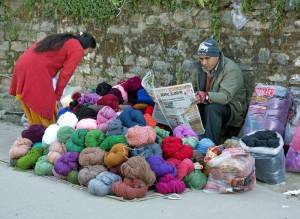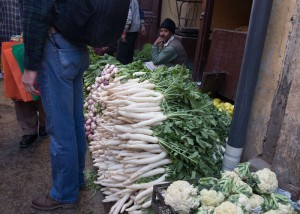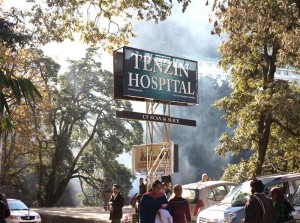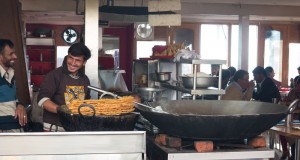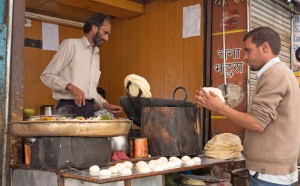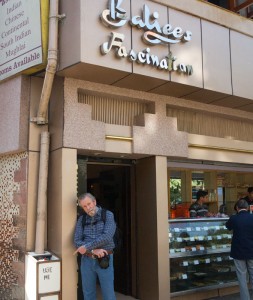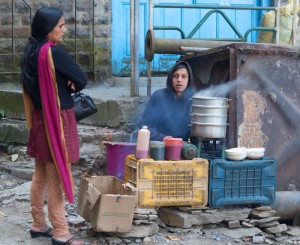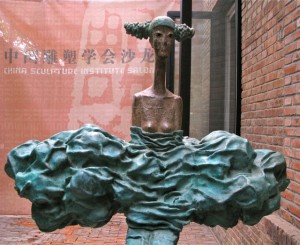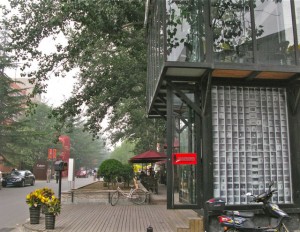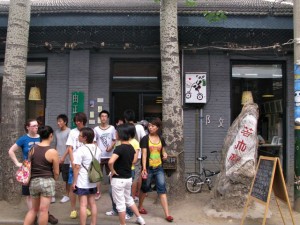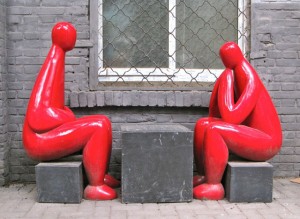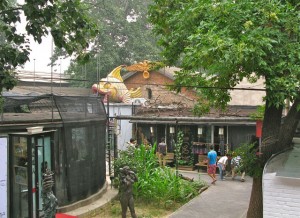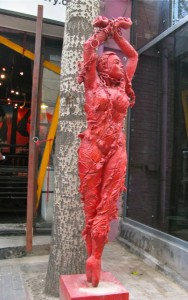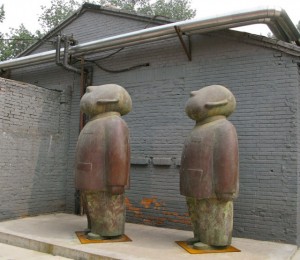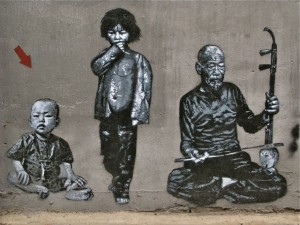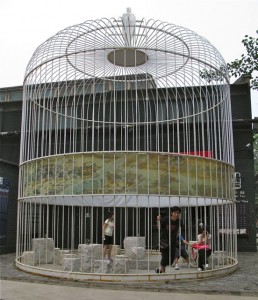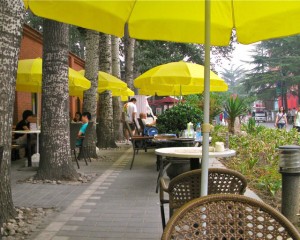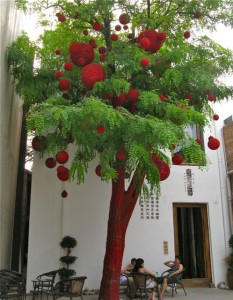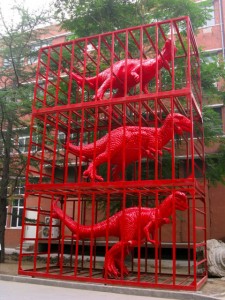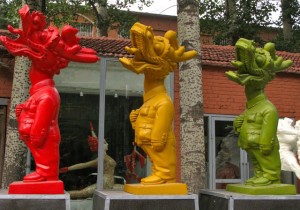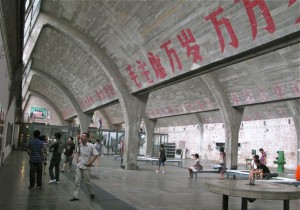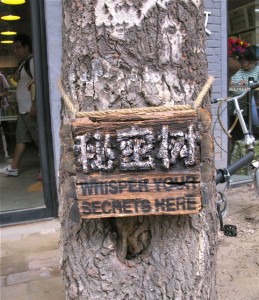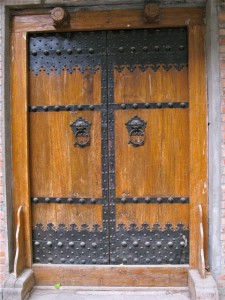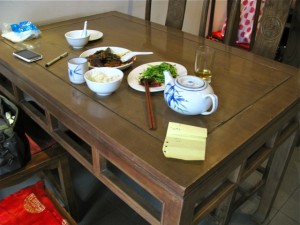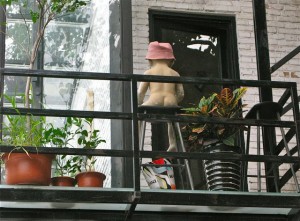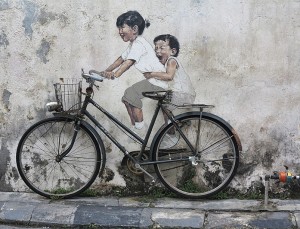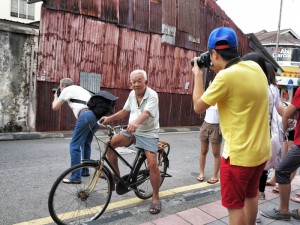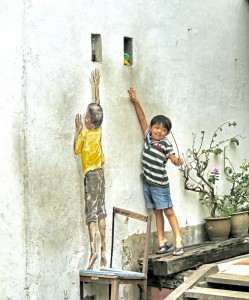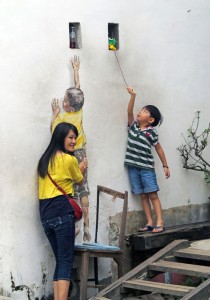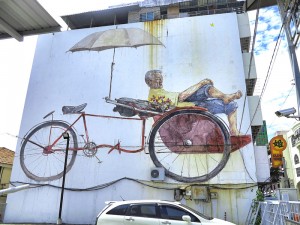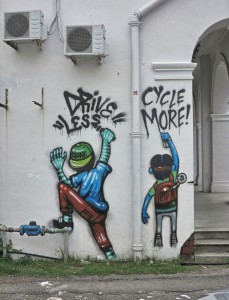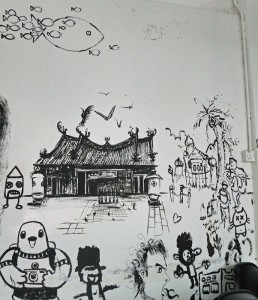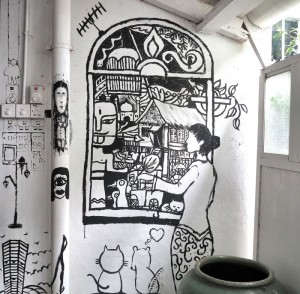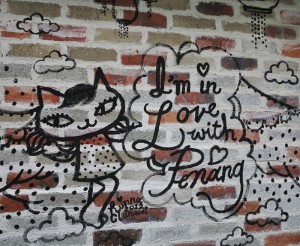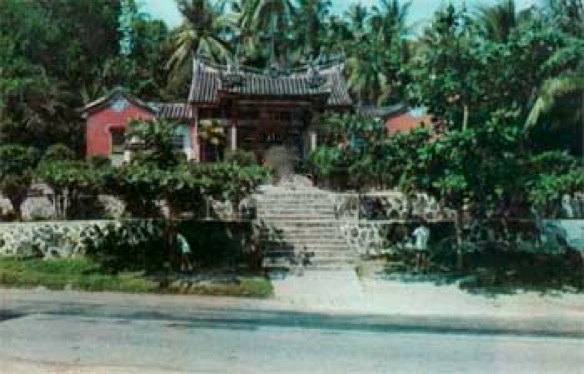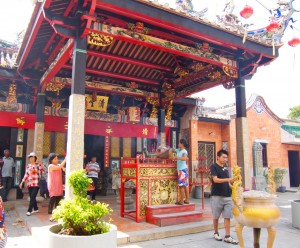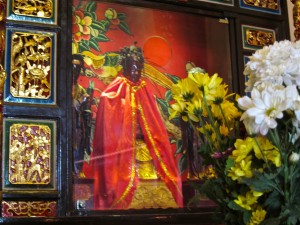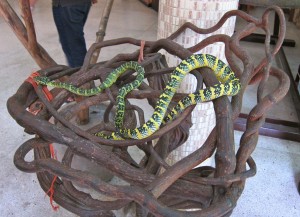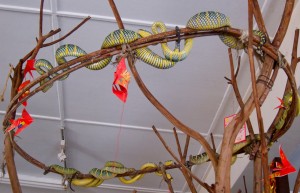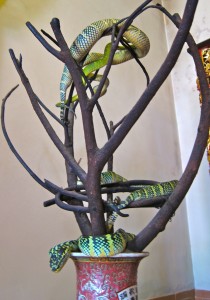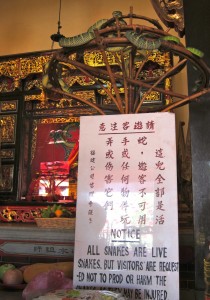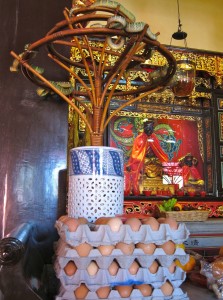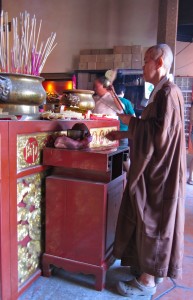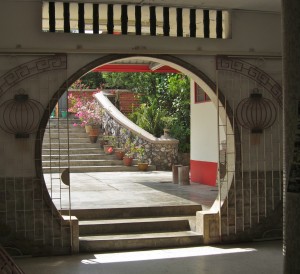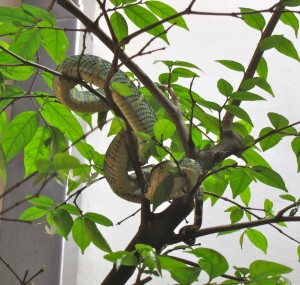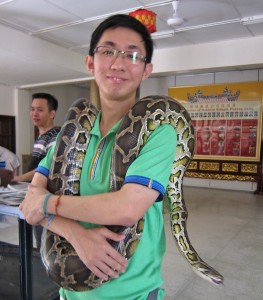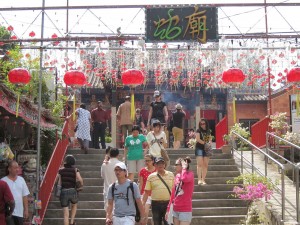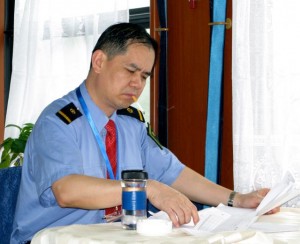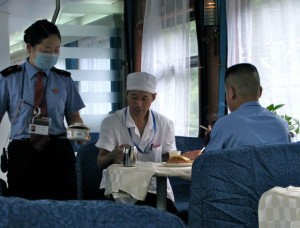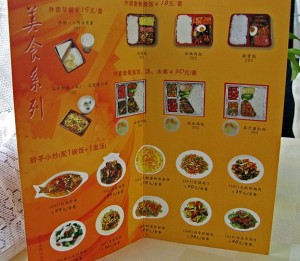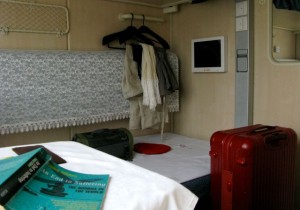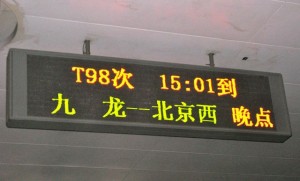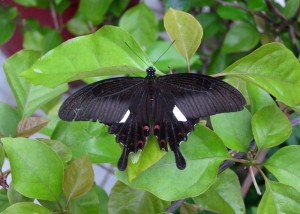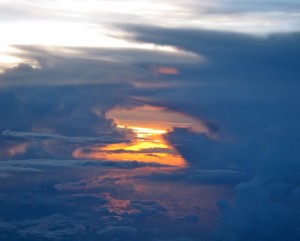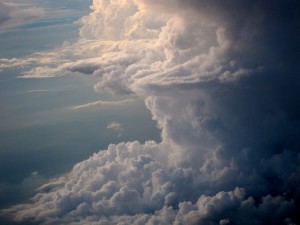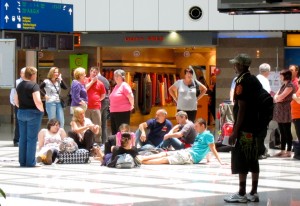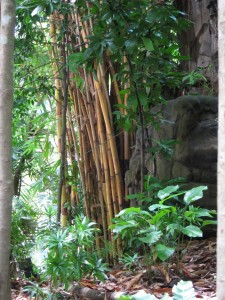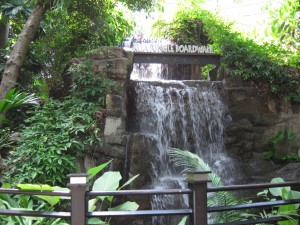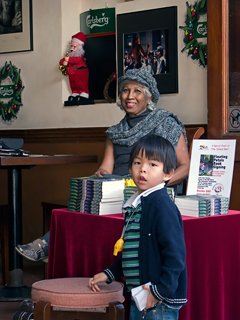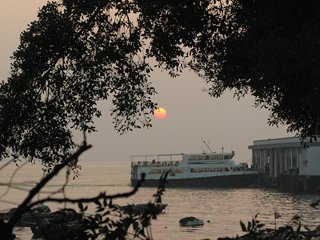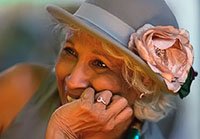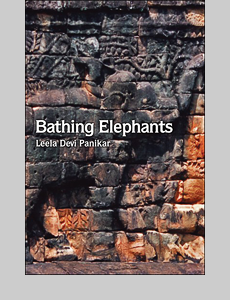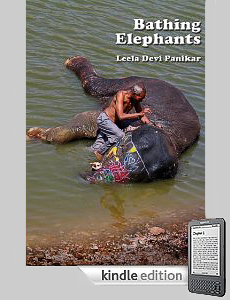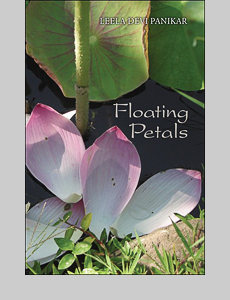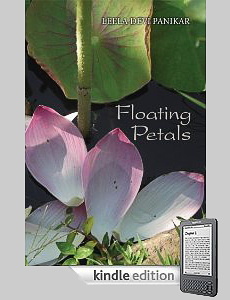Travelling with Aunty Geeta
Village children call her Aunty Geeta, we call her AG. Aunty Geeta is five years older than me, and not my aunty.
We are friends. Our parents, hers and mine, are from Kerala, a place known as ‘God’s Own Country’. Our grand parents had shared the same village. AG wants to visit the ancestral home, our ‘Motherland’. She feels she must go now while still young, a robust, healthy 27 year old.
We make the pilgrimage together.
Normally I travel light but knowing AG’s penchant for shopping I take an extra large suitcase, almost empty.
We are to meet at the departure lounge. AG is late as usual. She sweeps in, full apology, breathless and flustered followed by a group of friends, carrying various pieces of her luggage. They’ve come to see her off on this one-week trip to motherland. After long drawn-out hugging and kissing and goodbyes the friends leave. We gather our stuff and check in. We have back-packs as carry on luggage. We request special diet, she fish, and I vegetarian.
Security clearance becomes difficult. AG’s many jangling bangles and hair pins set off alarms. She has to remove and put them in a plastic tray. She obeys reluctantly, angry with the metal detectors. She mouths obscenities at the staff, whispers: the ‘s.o.b.s’ can’t tell the difference between a genuine traveller and a terrorist. All done, lips pursed, looks searing, she marches past the security team and electronic machine-operators.
Formalities cleared, we trawl the airport mall. The designer boutiques beckon us screaming out ‘Duty Free’. The first thing AG spots and must have is a designer back-pack. She’s generous and insists on getting one for me too. We now have four back-packs between us. We move on. We buy perfume and eye-shadow and ‘ageless’ creams. Then we get nuts and chocolates to snack on, and magazines to read on our flight. We board the plane on time, happy and purchase laden.
Our six hour flight is peaceful reading time for me. AG needs to chat. With her earphones plugged into the in-flight movie she does not realize she is shouting. When lunch comes she forgets her fish diet and insists on chicken. After lunch we relax, and AG takes stock of fellow travellers. She needs to connect. Finding we are surrounded by passengers asleep or watching movies, she sits back, sighs and soon falls asleep quietly snoring.
When we land in Cochin, Kerala, she is in a huge hurry to get out. She has had enough of plane and passengers. Anyway we want to be first in the queue she says. We rush out pushing aside those trying to get their luggage from the overhead compartments. In trying to keep up with her I trip over children. In the arrival hall we are the last in a long queue of about a hundred passengers who’d alighted before us from other planes.
To allay her cultural shock AG immediately starts questioning a Keralan in the queue about shopping malls. She gets all the gen from the woman. Behind me a fat, oily man keeps ‘accidentally’ bumping into me while talking to his rangy, red eyed companion. The latter has me in his radar too. I move away a little, I get more sweaty body contact. I turn round and hiss, “If you touch me one more time…’ rest of my threat goes unuttered. AG, embarrassed by my outburst, puts her finger to her lips. ‘Shoo’ she utters in a loud theatrical whisper. Lewd there-you-go gleam light up the men’s faces.
All goes well after this, except at the immigration counter the man wants to know what kind of Indian I am not having born or lived in India. He smiles through my explanation and lets me through. We have to hurry. In our hotel we have a quick wash, leave our luggage unpacked and head out to the shops. As we reach the foyer of the hotel the bellman suggests he gets a taxi for us. AG tells him to ‘p… off’. ‘These thieving lot are always ready to make a quick buck’, she says.
We step off the kerb into the klaxon of two interstate truckers. We pull back having come within seconds of meeting our ‘Hindu Maker in Motherland’. Crossing the street becomes a 20 minute ordeal. Belching black fumes of weaving motorbikes, horn-blowing cars consume us. Bicyclists, ringing their bells, pass us grinning red teethed. We, sweating, decide to shop on our side of the street. There are throngs of people everywhere. It is nearly Deepavali, the Festival of Lights. Families are stocking up on clothes, presents and food. We are consumed by a shopping carnival.
AG is in seam-splitting jeans that hug the lower half of her rotund figure. Perhaps a little unsuitable in conservative motherland I think, but it’s her tee shirt that gets all the attention. Emblazoned across her ample chest ‘Don’t sweat the petty things. Pet the sweaty things’. The meaning of this wise saying obviously eludes her but not all who look at her chest. Some stare, others look and take a second look. A young man of a group passing points us out to his friends. They turn back, serious. They read AG’s message; raucous and lewd laughter follows.
I am wearing a long dress and a sun hat and look every inch a tourist. I want to kill the next man who asks me where I am from. I do not get the chance since AG is proud to help the curious young men, relates to them her and my family history. Her friendliness has groups of louts trailing us. They’re all coin collectors and want foreign coins, especially US coins. For a small fee they want to show us the best bargain shops. AG is delighted. She says she has never met such kind people.
Over the next few days we shop. We load up with eye catching sequined sarees, Punjabi suits one-size-fits all, trailing Kashmiri shawls, frilly long synthetic house-dresses, fray edged table mats, gilt effigies of made in China Indian gods, fake sandal wood carvings, and portent perfumes from mogul days.
End part 1 of 2

